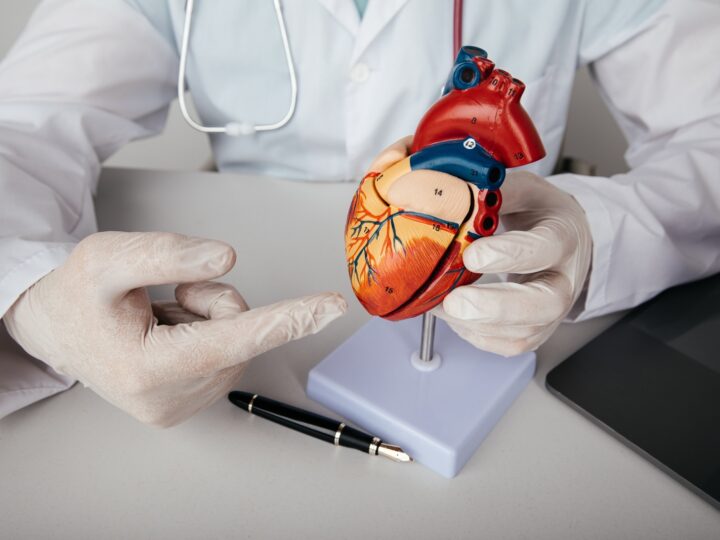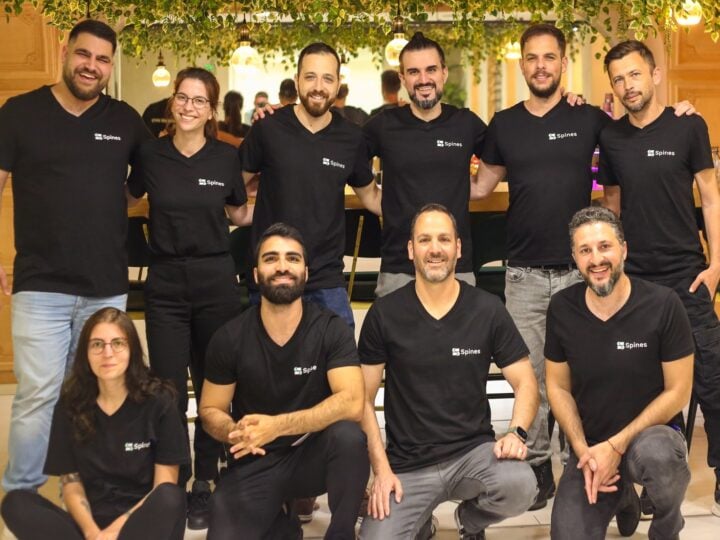
Every patient, nurse, doctor and visitor to a hospital knows the drill: hands get a splash of antibacterial fluid found at every bedside, entrance and exit. Keeping hands clean can prevent some infections, but superbugs — those sometimes deadly bacterial strains resistant to antibiotics — can outwit the best hygiene practices.
Hospital-acquired infections are one of the leading causes of preventable death in the developed world today, with 100,000 people in the United States alone dying every year from bugs they catch as patients in the hospital, according to the World Health Organization. The old and very young are at an especially high risk of infection from resistant bacteria that can spread like wildfire.
But now superbugs may have met their match, thanks to a genetically engineered cleaning solution developed in Israeli laboratories.
Costing only a few dollars a quart, the solution is non-toxic to patients and can be spread on hospital surfaces to kill what conventional soaps and antibiotics can’t, report researchers Rotem Edgar from the Tel Aviv Sourasky (Ichilov) Medical Center and Udi Qimron from Tel Aviv University. They detailed their technology recently in the journal Applied and Environmental Microbiology.
Weakening the superbugs
The solution uses a laboratory-grown virus called a bacteriophage, which disrupts the DNA of resistant bacteria and renders them susceptible to antibiotics.
“We have genetically engineered the bacteriophages so that once they infect the bacteria, they transfer a dominant gene that confers renewed sensitivity to certain antibiotics,” says Qimron, who believes his solution will one day be part of every hospital’s anti-germ arsenal.
The researchers say that the new spray could be applied on any surface where there is a high concentration of germs, such as door handles, faucets, bedrails and handrails.
The product is now ready to be tested, first on a nasty strain of E. coli that leads to urinary tract infections in pregnant women. The scientists will also test their spray on other kinds of bacteria such as methicillin-resistant Staphylococcus aureus.
The science behind the invention
Edgar and Qimron studied the protein factory of bacteria cells, called the ribosome. Some kinds of antibiotics are made to attach to the ribosome, rendering the cell inactive. But bacteria have learned to outwit this tactic by finding a way to change the ribosome so that the antibiotics cannot bind to it.
The scientists attempted to rewire the bacteria’s sensitivity to antibiotics by adding a gene into the mix. This gene, which is safe for humans, restores the sensitivity of the bacteria to antibiotics, rendering existing antibiotics effective against superbugs.
The implications could be enormous if this solution is brought to a commercial scale.
“Our novel approach relies on an effective delivery process and selection procedure, put on the same platform for the first time,” says Qimron, suggesting that it will knock out all kinds of bacteria, reducing the infection rate from even non-resistant bacteria.
Qimron told the Israeli newspaper Haaretz, “You can kill the bacteria by cleaning with bleach, but you can’t kill them 100 percent, and you can’t control the secretion of resistant bacteria, like when a patient sneezes in the [hospital] ward. Using a substance that moves the bacteria toward susceptibility to antibiotics will prevent resistant bacteria from multiplying on the hospital surfaces.”
This solution, the researchers note, should be part of a two-step process to neutralize bacteria in the hospital effectively. The second part of the process is a compound called Tullurite. This would be spread over the surfaces to kill any remaining bacteria not sensitized by the new advance. The two-step cleaning combination would first disarm the bacteria and then go on to kill those that are still dangerous, they say.
Like all medical products, the new spray needs to be tested in a clinical setting before being approved for sale.















